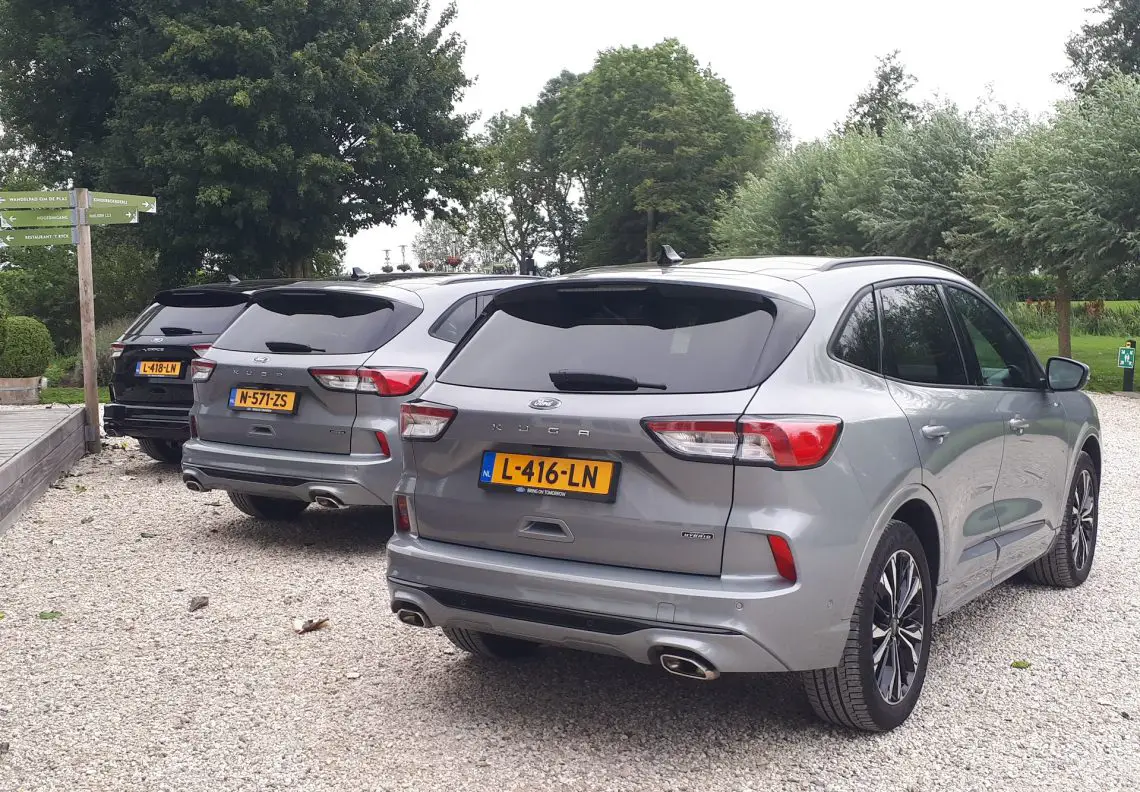How economical is a plug-in hybrid really?
What is a plug-in hybrid?
Plug-in hybrid propulsion is now well established so needs little explanation. In short, an electric motor supports the fuel engine. The electric motor draws its electricity from a battery, which is charged with a plug. Hence the name plug-in hybrid. The battery is also recharged a little on the way by braking on the electric motor instead of using the brakes. Often the fuel engine also generates power as soon as it is needed.
Types of plug-in hybrids
Although plug-in hybrid technology broadly speaking always comes down to the same thing, there are some variations. For example, today there are plug-in hybrids in which the electric motor dominates and the fuel engine actually provides support. For driving the wheels, charging the battery or both. Sometimes the fuel engine doesn’t even drive the wheels at all. With the vast majority of plug-in hybrids, both the fuel and electric motors can drive the wheels and provide support for each other.
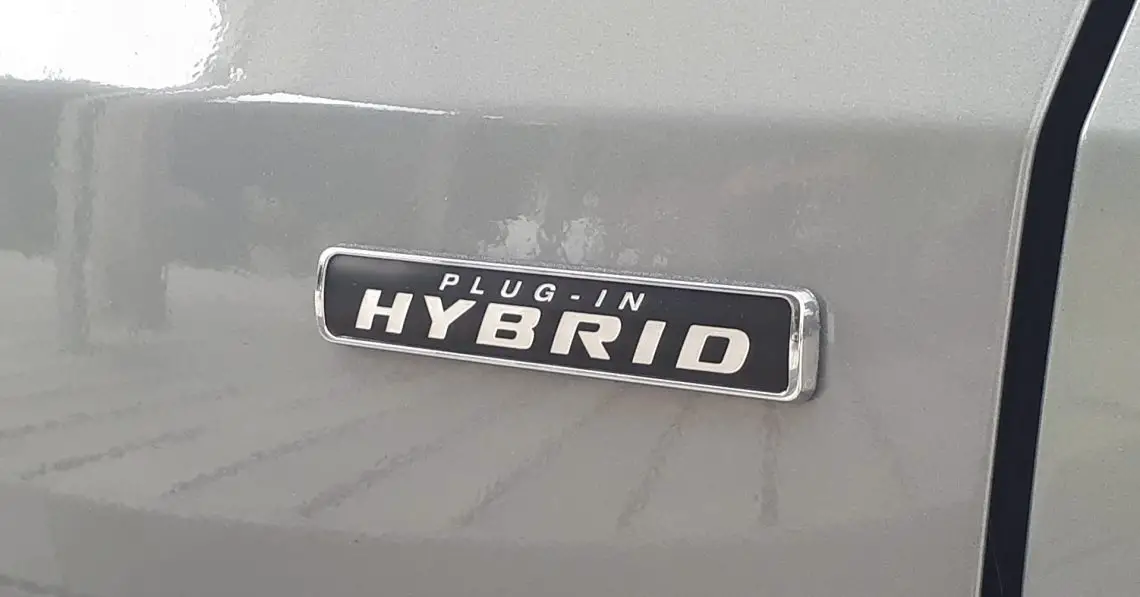
How much does a plug-in hybrid consume?
Consumption varies from car to car, of course, but perhaps even more so based on how you use the plug-in hybrid. Those who drive at most a few dozen miles per trip and always leave with a fully charged battery rarely consume a drop of fuel. Those who make many long highway trips and/or rarely recharge the battery are hardly more economical than with a regular hybrid or even an “all-fuel” car.
Official consumption
To determine the fuel and energy consumption of cars sold in Europe, the WLTP test cycle is used. Essentially, each car drives a standardized route that is representative of the average European car trip. This official WLTP consumption is primarily used to objectively compare new cars.
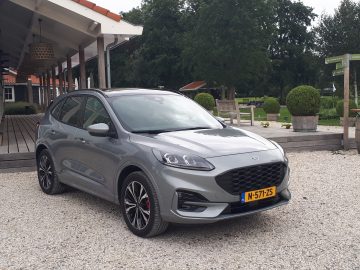
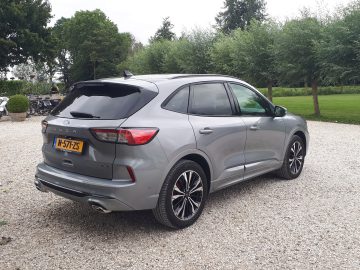
Unjustified tax break?
In many countries, WLTP consumption also affects car taxes, including the Netherlands. Because of the very low WLTP fuel consumption, plug-in hybrids have the necessary tax advantages with us. Thanks to the low CO2 emissions, the bpm amount is low and, until a few years ago, business drivers paid a lower additional tax rate (and initially no additional tax at all). Also, because of their low emissions, almost all plug-in hybrids are eligible for road tax rebates until 2024.
As described, practical consumption depends heavily on how you handle a plug-in hybrid. Some of those business drivers only chose a plug-in hybrid for the additional tax benefit and never charged the battery. Well, then that very low fuel consumption doesn’t come into its own. Plug-in hybrids thus received and continue to receive unjustified tax breaks, critics say. But what is the practice like?
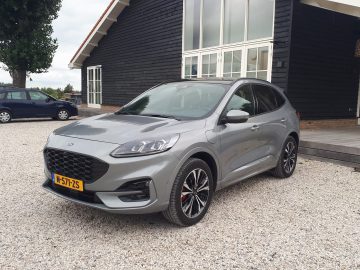
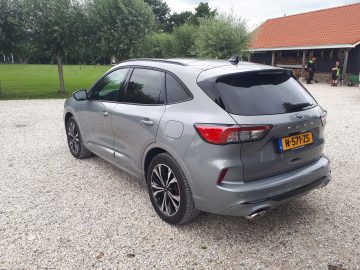
In practice: quite economical
Nowadays, plug-in hybrids are far from being chosen only by ‘additionality profiteers’. On the contrary, because tax credit benefits are no longer there. So a plug-in hybrid is chosen today by people who really want to save fuel. This is also evident from a survey conducted by Ford based on anonymized data from Kuga PHEV drivers.
What seems? The plug-in hybrid Ford Kuga’s make two-thirds of all trips fully electric. In total, that accounts for half of the miles driven by Ford Kuga PHEVs. Many owners also achieve an all-electric range with their Ford Kuga PHEV that is greater than the official WLTP value of 56 kilometers.
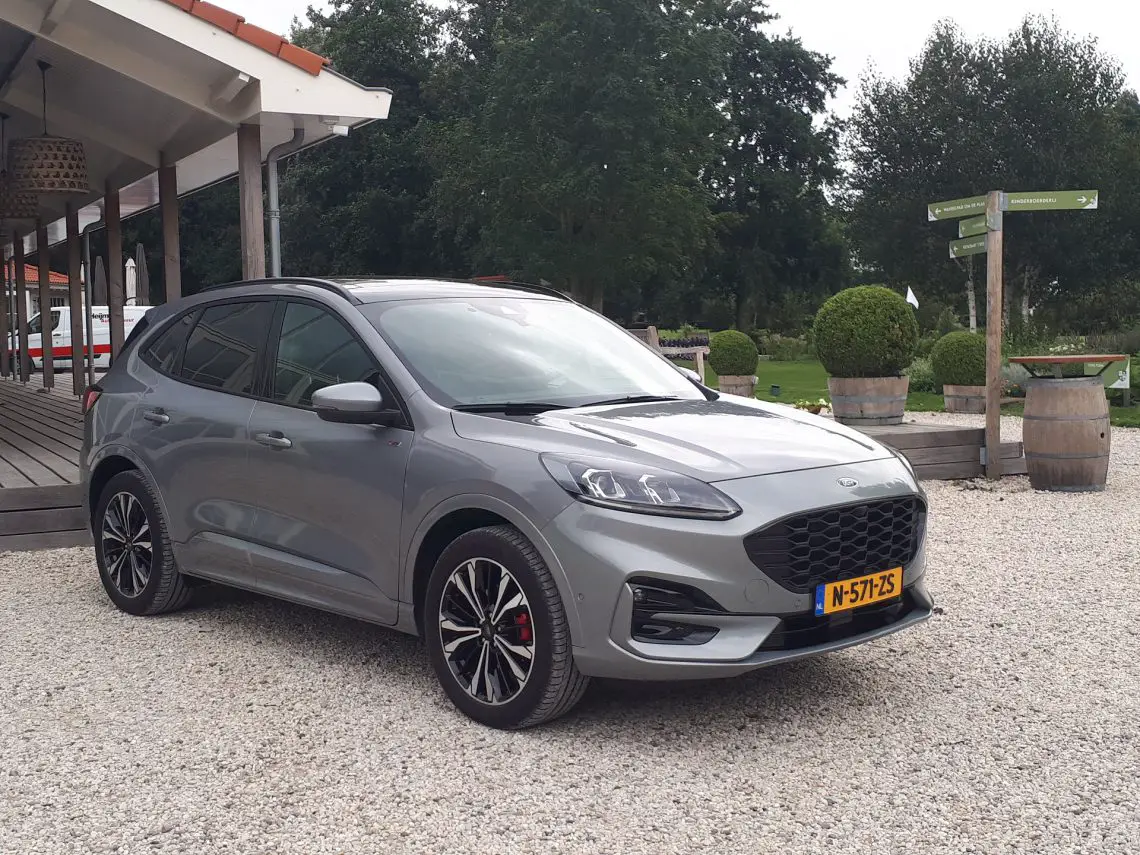
The practical test: WLTP beaten by a wide margin
With one of those same Ford Kuga PHEV, we put it to the test. A route has been mapped out over mainly N-roads, a few stretches of highway and over rural roads. The route is 80.5 kilometers long. Well beyond the WLTP range of 56 kilometers. Yet of those 80.5 kilometers, we cover no less than 76.4 kilometers entirely electrically.
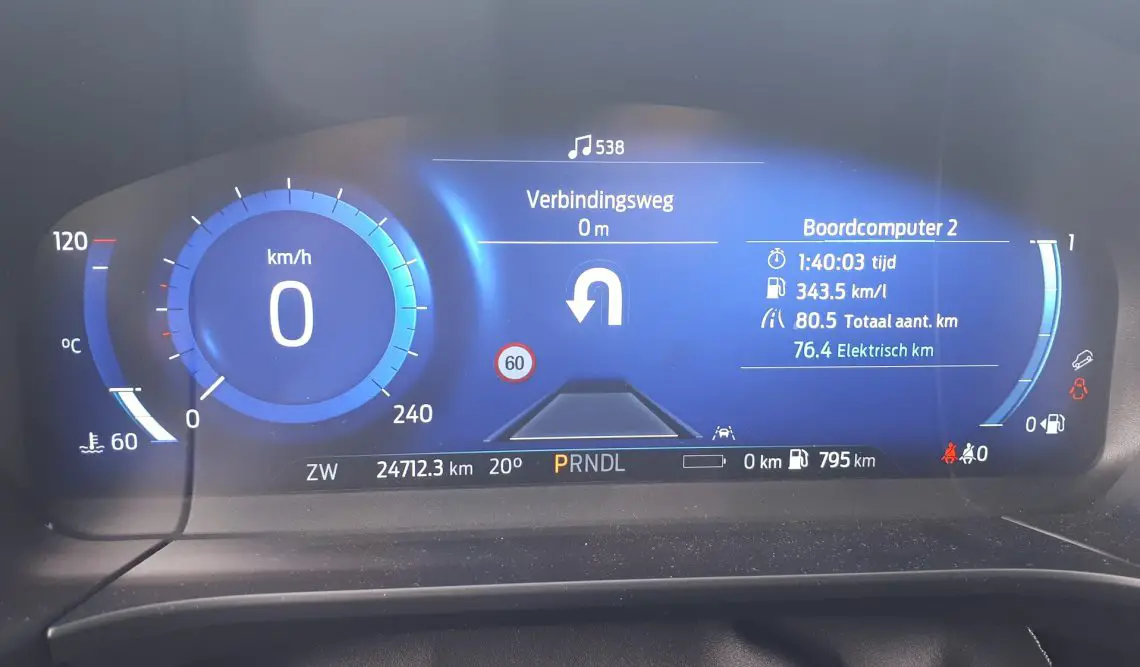
A little context is in order, of course. First, the weather conditions cooperated. It was a day with not too much wind and the temperature was around twenty degrees. So the air conditioning, a hefty consumer of power, did not need to be turned on. Also, while driving, we did our best to drive as economically as possible. In addition to applying “the new driving”, we kept it at 90 km/h on the highway between the trucks and, as far as it didn’t bother other traffic, we stayed 10 km/h below the speed limit on other roads as well.
Conclusion: this is how economical a plug-in hybrid is in practice
So our range of 76.4 kilometers may be a bit exaggerated compared to “real” practice. On the other hand, with a “normal” driving style on this test route, we would certainly have gotten further than the official 56 WLTP kilometers as well.
The main conclusion of the practical test, then, is that there are plenty of conditions under which you can comfortably exceed the official WLTP values, sometimes even with ease. As long as you charge the plug-in hybrid properly before each trip, you will achieve a great advantage over a fuel car and even a traditional hybrid even on long trips and/or many highway miles. Further, then, the study shows that plug-in hybrid owners are actually using their cars as intended these days. Thus, the proposition that a plug-in hybrid is not at all economical in practice has been shown to be officially false.
